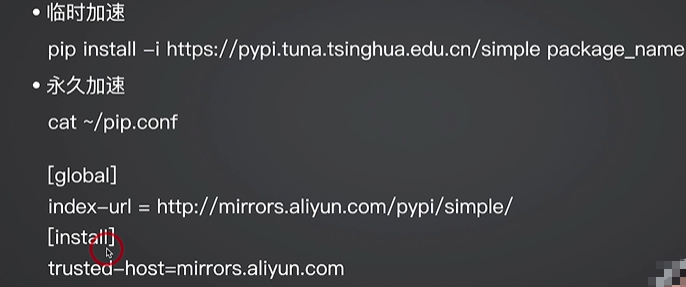上一次使用pymobiledevice3,在python代码中访问app的沙盒目录并分析业务日志,在使用过程中发现,在获取app日志的时候速度很慢,执行时间很长,需要30-61秒,所以这次尝试使用libimobiledevic和ifuse,现在已经将iOS沙盒目录挂载到了本地,在python代码中访问并分析日志:
def get_dev_play_state_through_libimobiledevice(iphone_model, sn, state, log_date):
"""
:param iphone_model: iPhone型号,例如,iPhoneX,本地根据手机型号创建挂载目录
:param sn: 设备sn
:param state: 不同开流状态,例如,wakeS1234、awake success、p4pS1234、p4pE12、previewS1234、previewS123456
:param log_date: 日志日期,例如,20241028
:return:
"""
filter_condition = f"'{state} success.*deviceId = {sn}'"
mount_path = f"/Users/testmanzhang/ios_sandbox/{iphone_model}/Documents/Logs/1234567_app_ios_{log_date}.log"
command = f"grep {filter_condition} {mount_path}"
result = subprocess.run(command, shell=True, stdout=subprocess.PIPE, stderr=subprocess.PIPE, text=True)
print(result.stdout)响应速度相对于pymobiledevice3快很多。时间大概在1-6秒左右。在ifuse同步周期内,首次访问文件内容会稍微慢些,大概6秒左右;周期内第2次开始会快些,大概1秒左右。

有个问题需要注意的是,mac锁屏再解锁后之前的挂载关系报错,There was an error accessing the mount point: Input/output error,
需要重新挂载:
testmanzhang@TestMandeMBP ~ % ifuse ~/ios_sandbox/iPhoneX --container com.glazero.ios --udid f89d929e8c45a81c0fe2d22f80c1a36e227e90ef
There was an error accessing the mount point: Input/output error
testmanzhang@TestMandeMBP ~ % umount ~/ios_sandbox/iPhoneX
testmanzhang@TestMandeMBP ~ % mount | grep ios_sandbox
testmanzhang@TestMandeMBP ~ % ifuse ~/ios_sandbox/iPhoneX --container com.glazero.ios --udid f89d929e8c45a81c0fe2d22f80c1a36e227e90ef
testmanzhang@TestMandeMBP ~ %















![[java][高级]FilterListenerAjax](https://i-blog.csdnimg.cn/direct/da22237628a74203aff28d9131e0a542.png)



